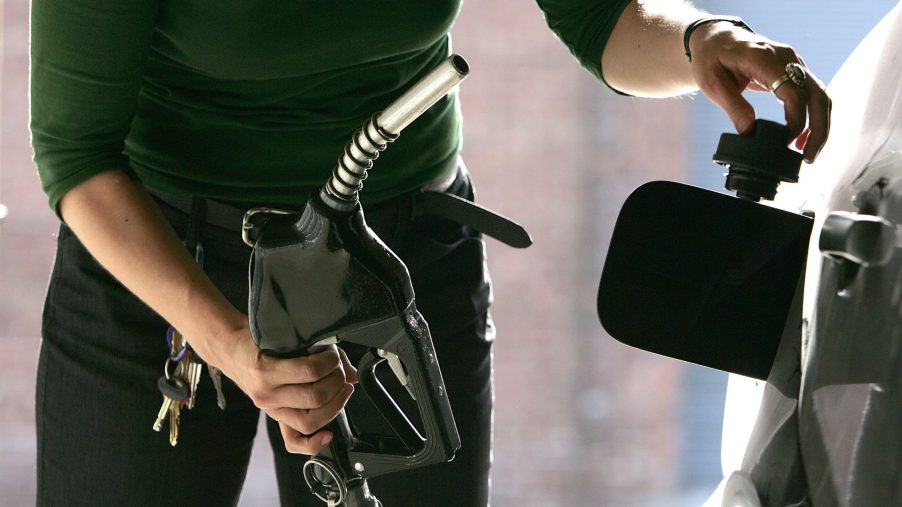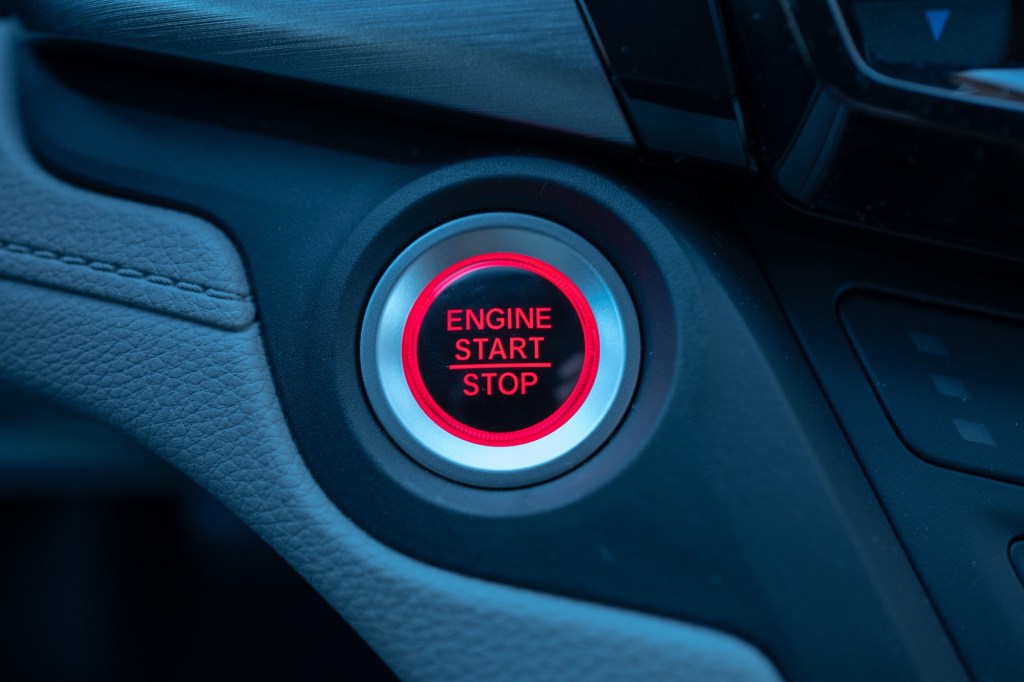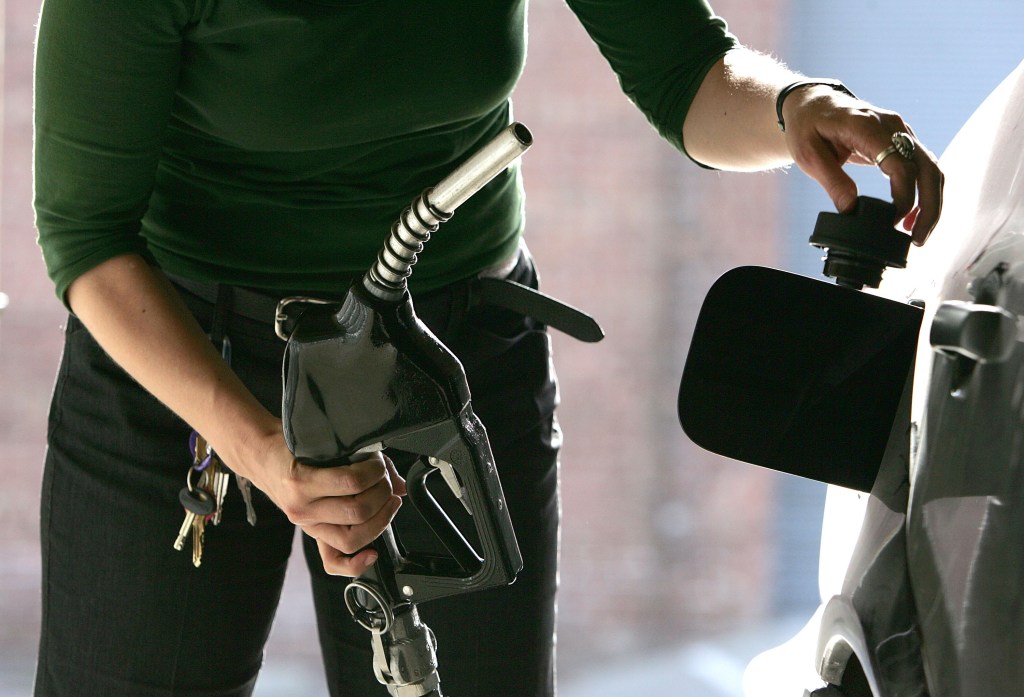
Does the Automatic Start-Stop Feature Actually Save Money on Gas?
Saving on gasoline has been a major concern for many drivers for decades. Over the years, we have concocted a great many urban legends about fuel-saving techniques and even a few real ways to save a buck at the pump. One of the more popular ways to save money on gas is the start-stop mode that many modern cars now have.

Over the years, many drivers have questioned whether this function is slowly ruining our cars and if the brief shutting down of our car’s engines while idling actually saves us on gas.
Is my car’s start-stop function, actually saving me on gas?
According to Road & Track, this feature can actually save money on gas. Unfortunately, tracking exactly how much fuel this feature saves is pretty difficult because of how many variables go into calculating mpg.
Many people think the savings from this feature aren’t enough to fool with the annoyance of some of these systems. According to Road & Track, the constant stopping and starting can get pretty grating depending on which system you have and its calibration. Also, many people worry the amount of starting and stopping could damage their car. Given the annoyance and fear of damage, many drivers aren’t fond of the start-stop function.
But would that change if the amount of fuel saved was enough to help with skyrocketing gas prices?
How much fuel do we use while idling
Despite whatever your uncle “knows” about cars, this isn’t a matter of opinion. The YouTube channel, Engineering Explained, points out that figuring out if the automatic start-stop systems save us on gas is a question to be answered by science and math, not an opinion.
The question this video starts with is, “How much time does it take an idling engine to use the same amount of fuel as starting the engine?” If we have that answer, figuring out the efficacy of the automatic start-stop features becomes simple to figure out.
In the video, the presenter shows two instruments with green liquid. One of these cylinders represents the amount of fuel an average-sized small four-cylinder engine burns after idling for 3.6 minutes. The second of the two cylinders represents the amount of fuel it takes to start the same engine. The two cylinders are dramatically different. They show that 3.6 minutes of idling uses far more fuel than starting your engine does.
Should you get a car with an automatic start-stop feature?

In 2004, a study published in the journal of SAE sought to find out if these start-stop features actually save us fuel. Engineering Explained says that the study looked at two identical 1.5-liter four-cylinder Toyota engines. The researchers hooked up fuel flow meters to these engines to measure fuel consumption accurately.
They idled both engines in “park” and in “drive” for 90 minutes each. After those measurements were completed, they did some math – that I won’t pretend to have done – and found that if your car idles for more than seven seconds, it would be more fuel-efficient to shut your engine off and restart it when its time to drive again.
It’s fascinating to see how many drivers are wary of this system and its efficacy without ever looking at the scientific data that shows these systems work. Granted, the savings are fairly negligible in the short term, but in the long run, these systems can save money on gas and, theoretically, money.



